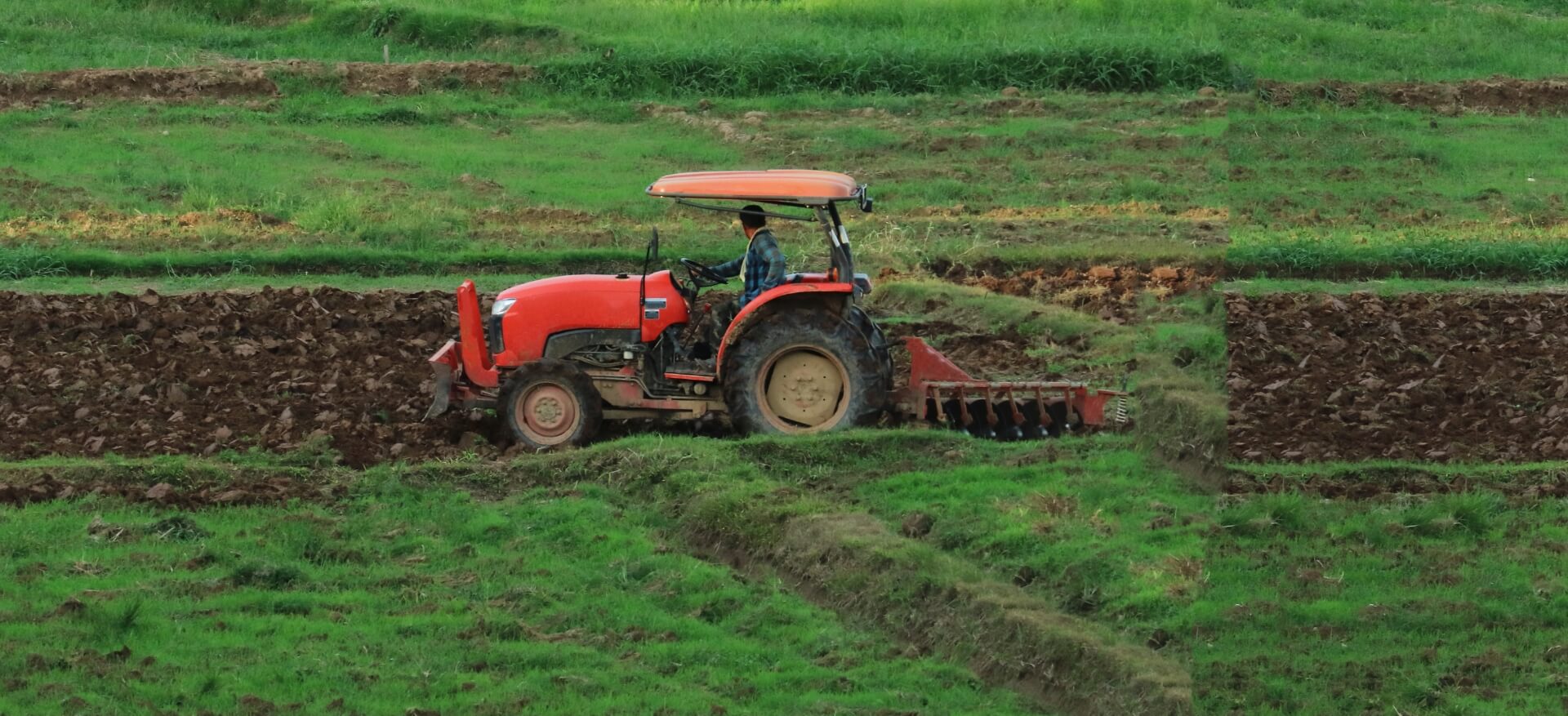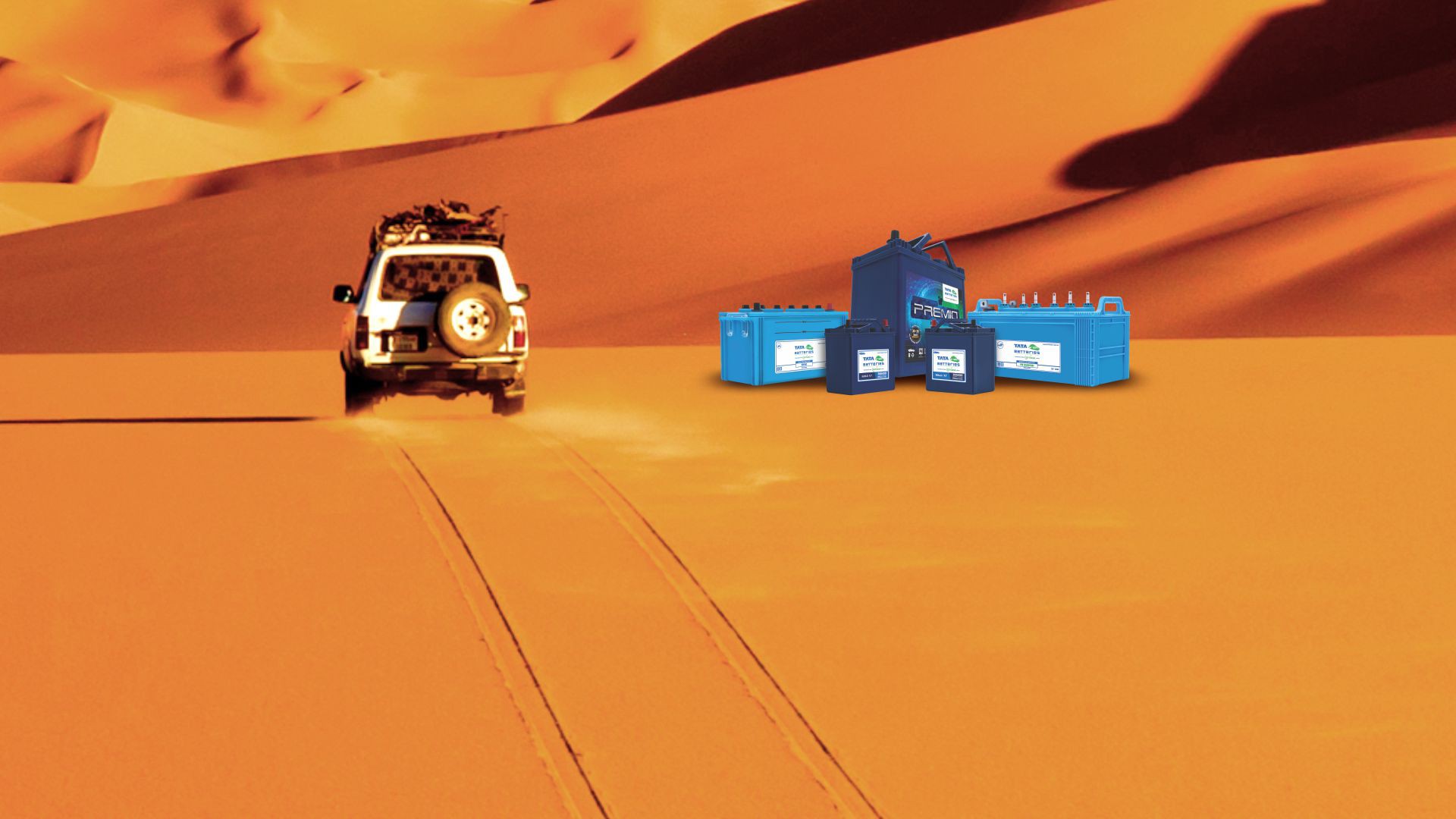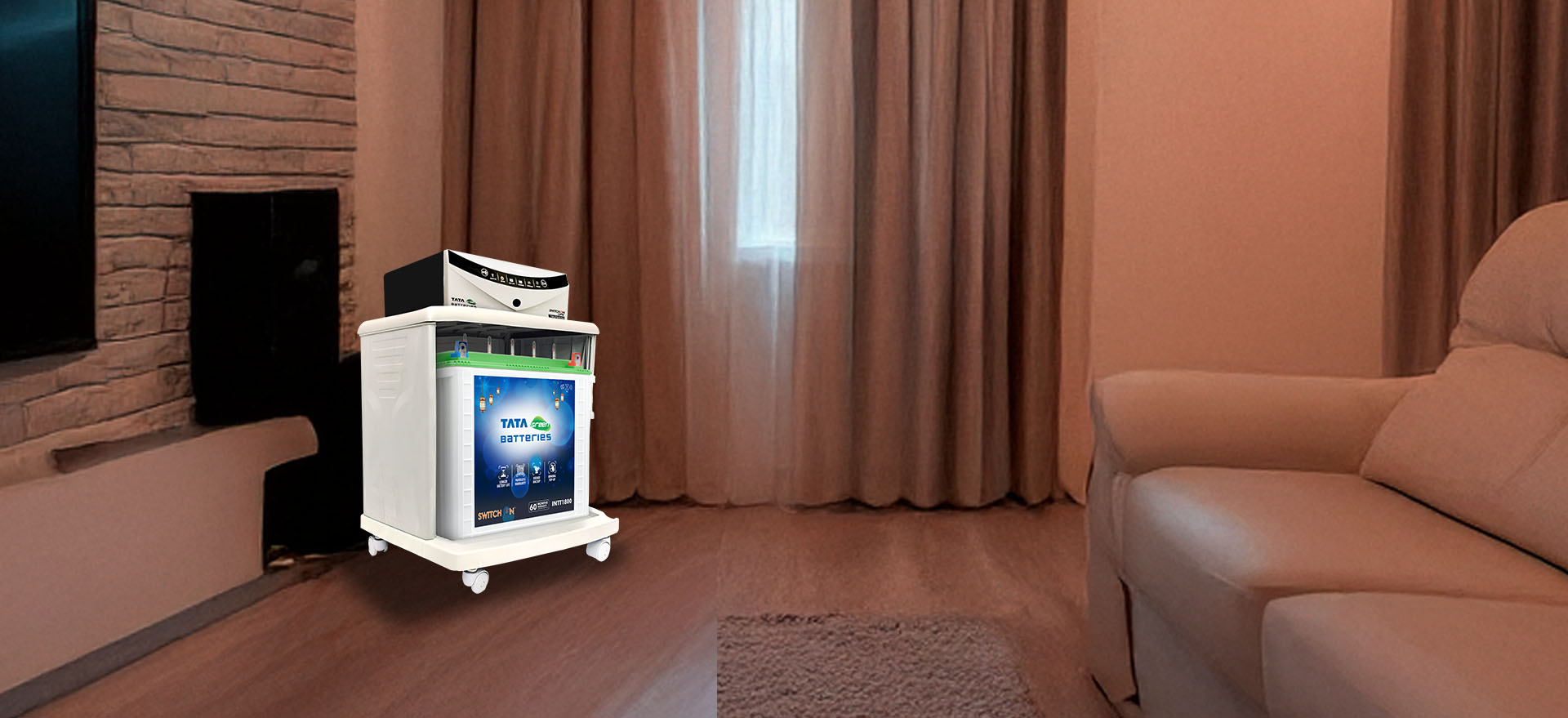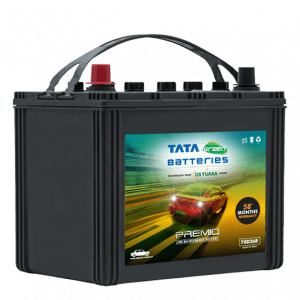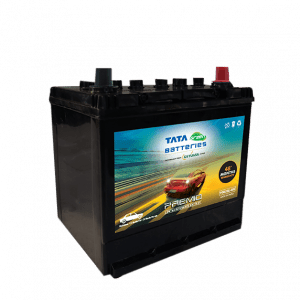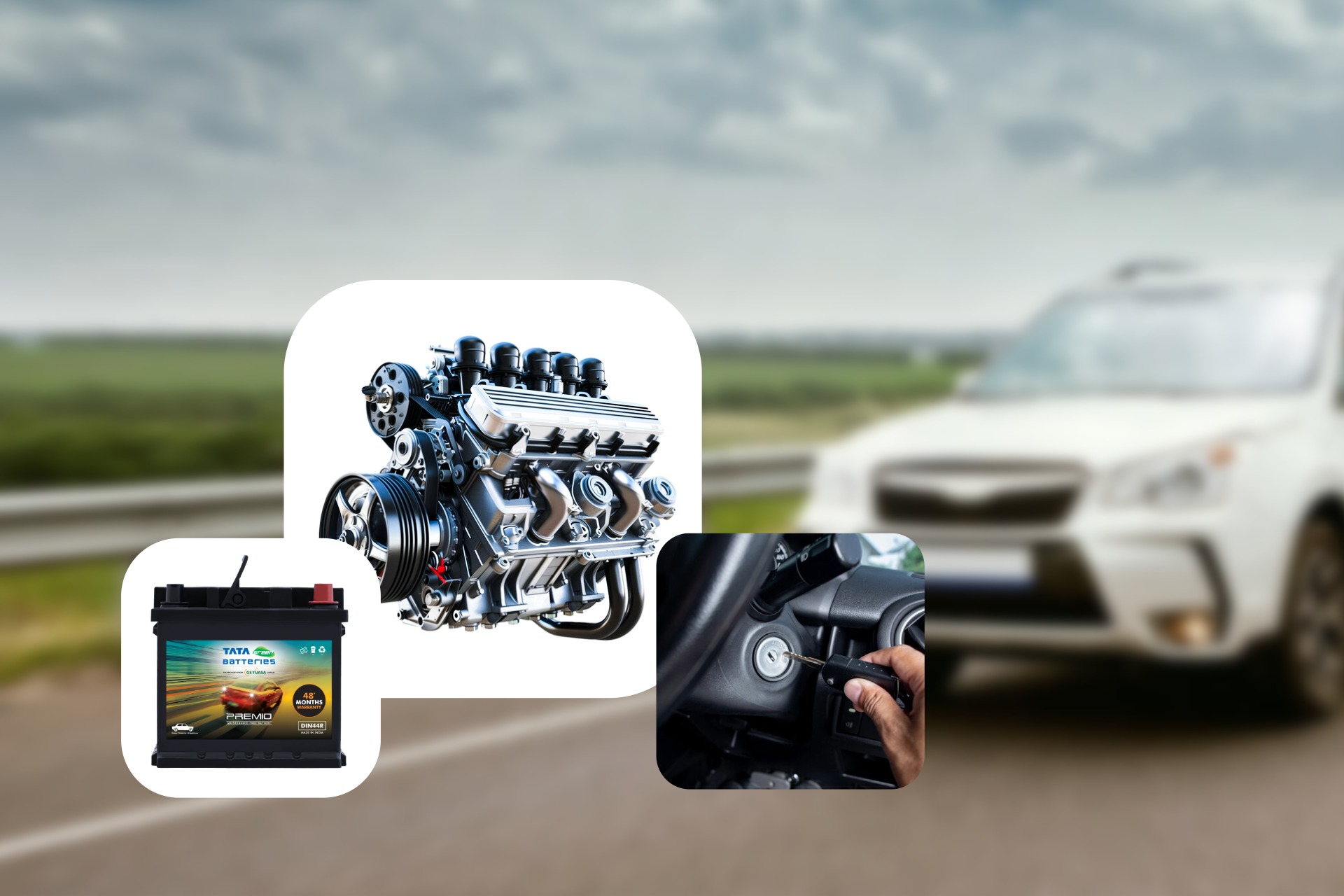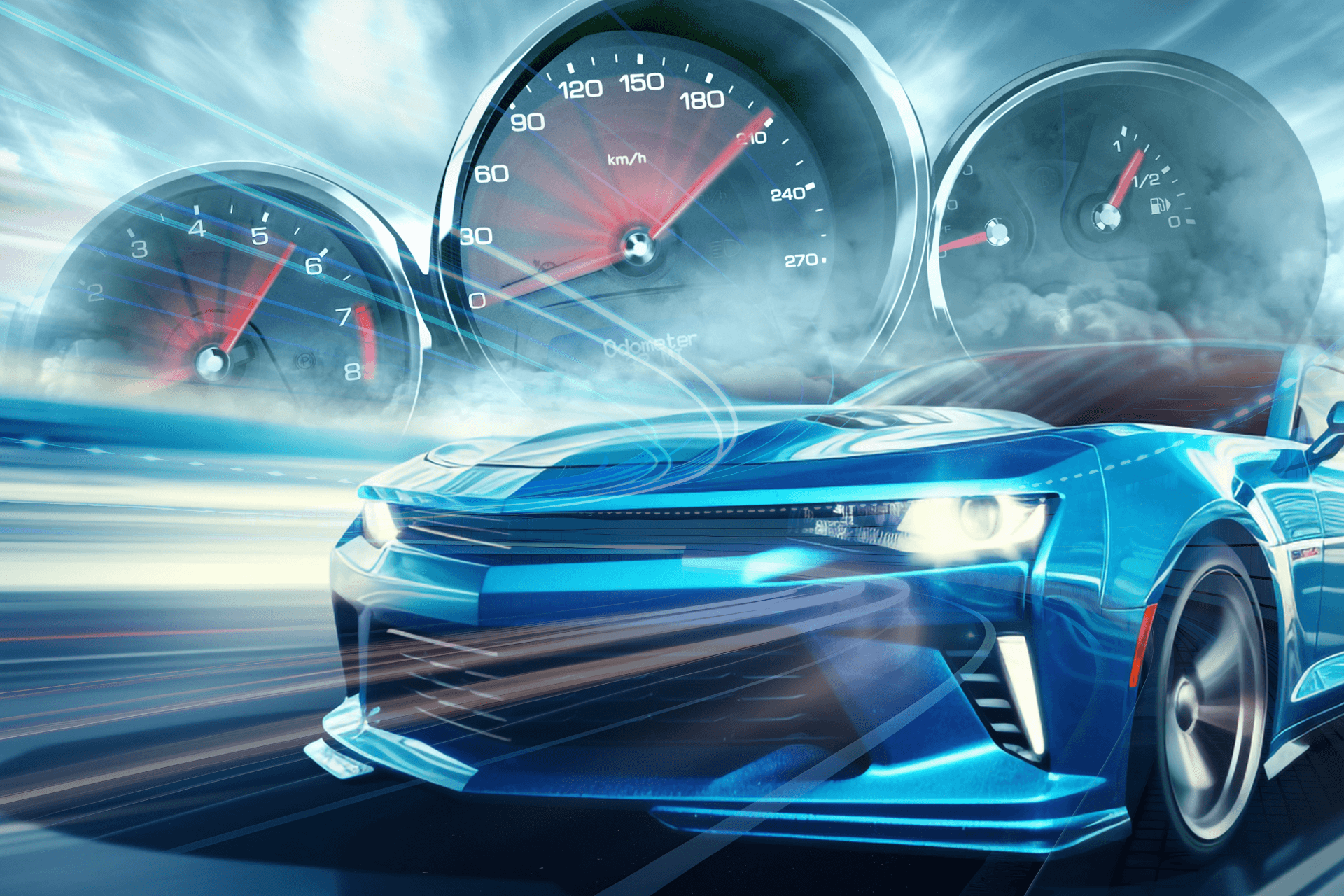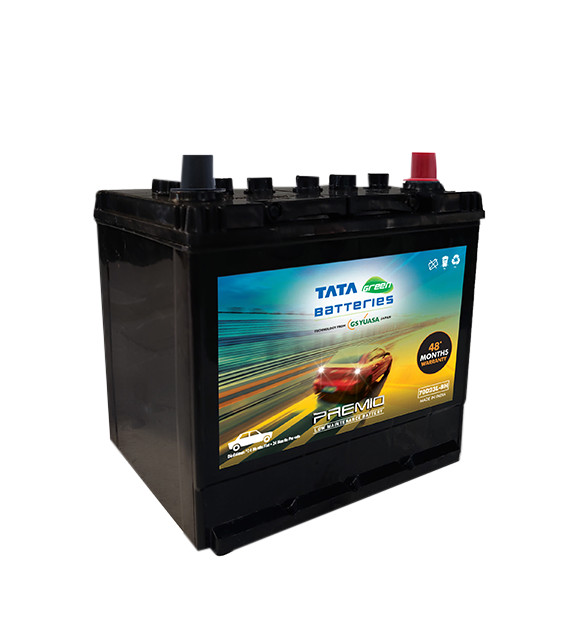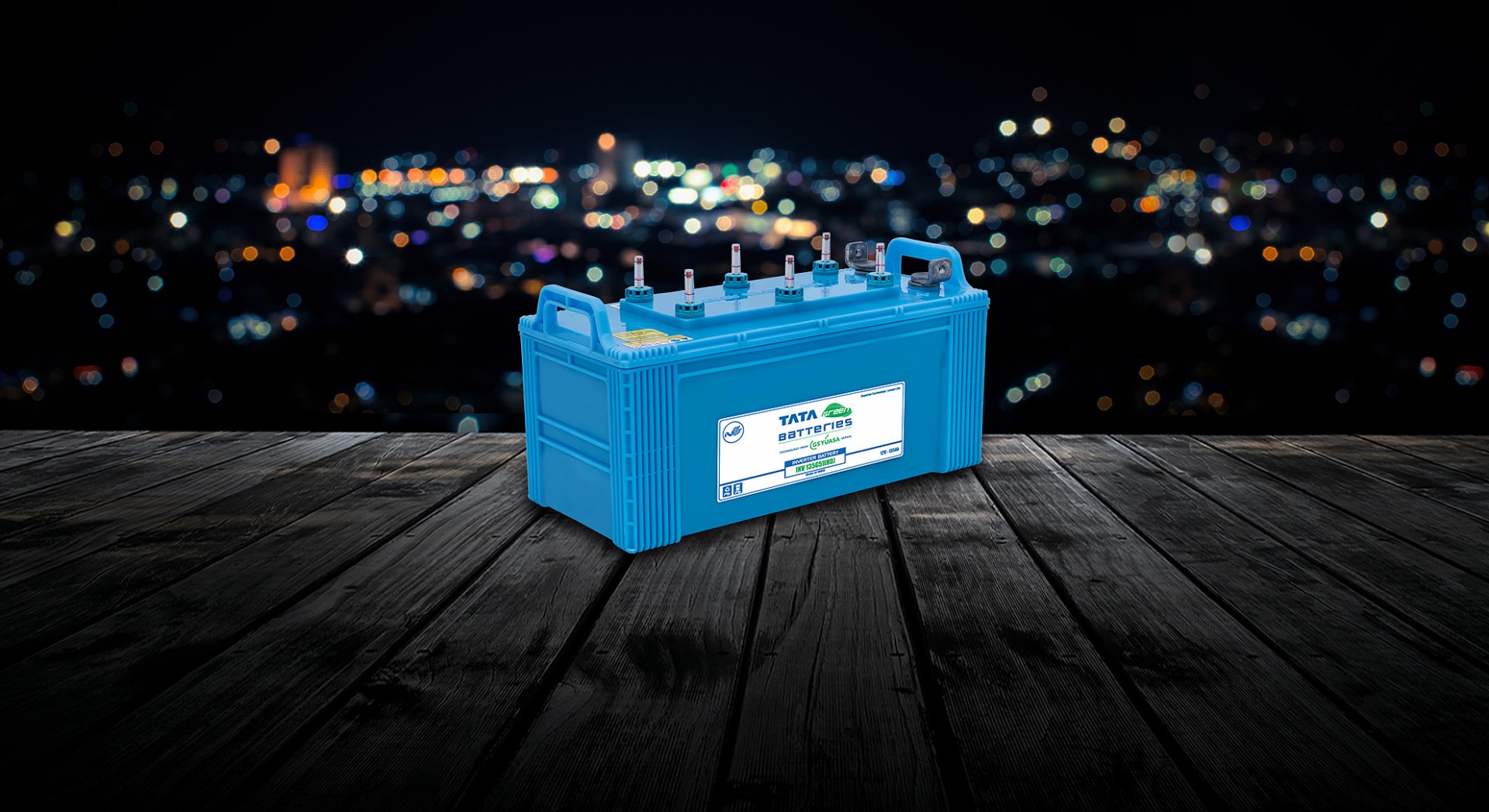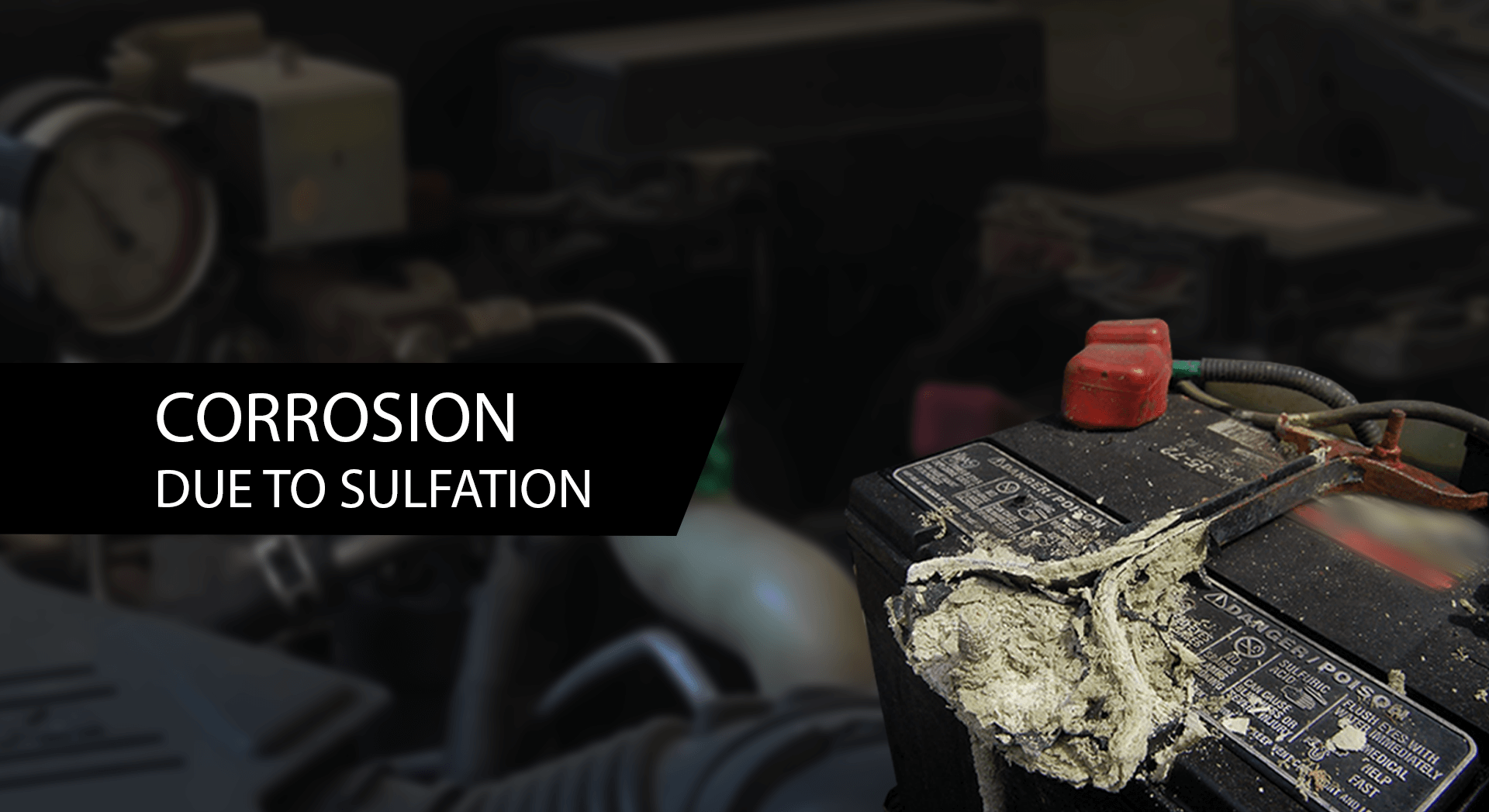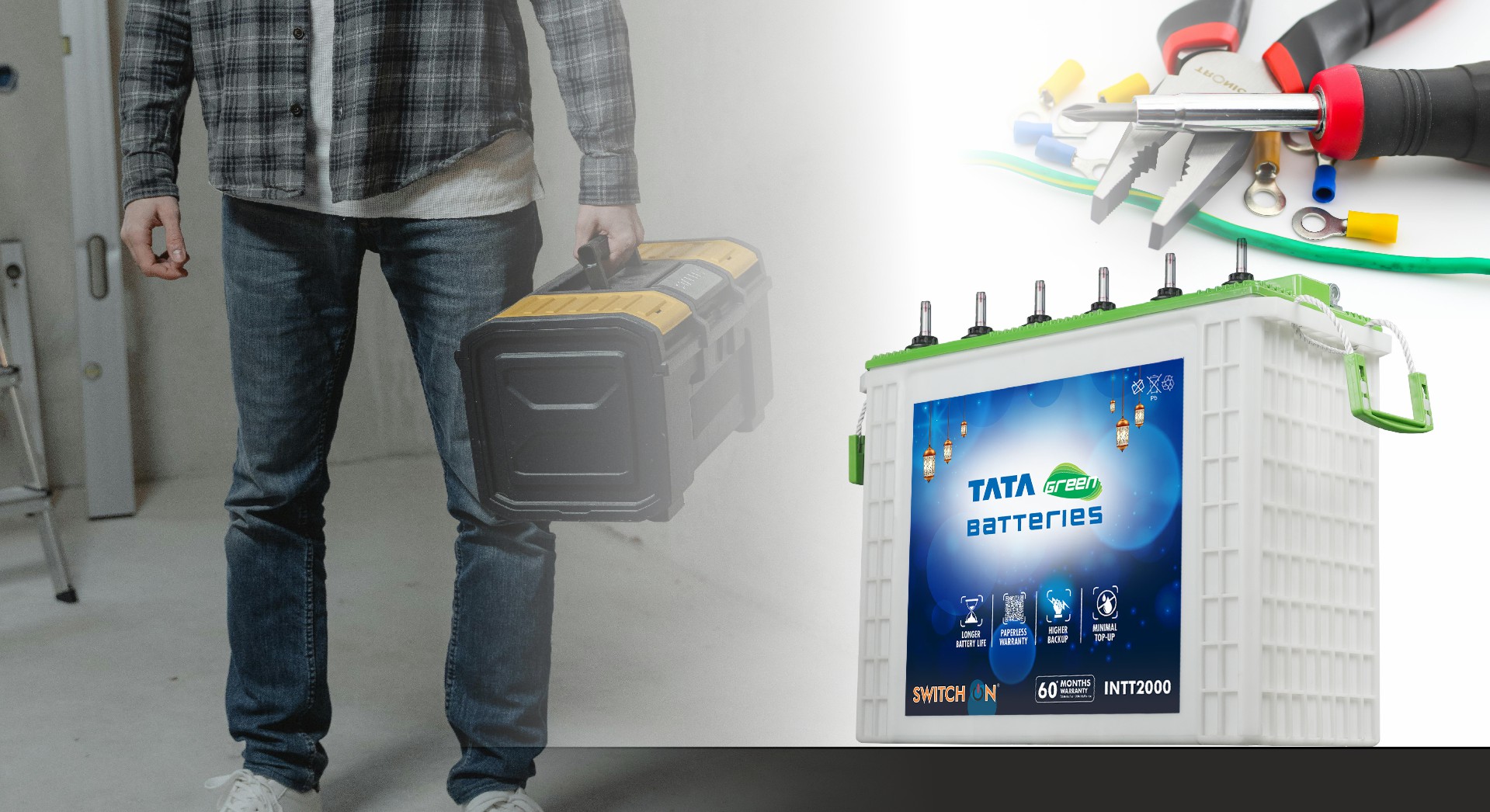There’s something magical about the call of the mountains. The winding roads, crisp air and mist-covered peaks make a Himalayan road trip every traveller’s dream. But before you set your wheels in motion, one small component often decides whether your journey is smooth or stranded: the car battery.
Up in the hills, temperatures can drop below freezing, roads can stretch for hours without service stations and power demands can be higher than usual. That’s why a quick battery check isn’t enough. It needs to be the right kind of check.

Here’s a practical guide on how to ensure your car battery is ready for Himalayan conditions.
High CCA Rating: Ensures Reliable Cold Starts in Sub-Zero Temperatures
Cold Cranking Amps or CCA, is one of the most important numbers you should know before heading to the mountains. It indicates how well your car battery can start the engine in cold weather.
When the temperature drops, the chemical reaction inside a battery slows down. This means the battery produces less current. A low-CCA battery might work fine in city conditions but in Himachal, Ladakh or Sikkim, it can leave you struggling to start your car early in the morning.
For mountain travel, choose a car battery with a high CCA rating that can handle sub-zero starts. If you’re not sure how to check this, your car service centre can confirm it for you. The difference between a standard battery and one with a higher CCA could be the difference between watching the sunrise from your car or from a frozen roadside.
Accurate Fit: Match Battery Group Type and Terminal Configuration
Every car battery isn’t built the same. They come in different sizes, shapes and terminal layouts. A wrong fit can lead to loose connections, short circuits or poor performance. These are not the things you want on a mountain road.
Before replacing or upgrading your battery, check your car’s manual for the correct battery group size and terminal position. These specifications ensure that the battery sits snugly in its tray and that the cables reach properly without stretching or bending.
Also, in higher altitudes where vibration and movement are constant, a loose battery can damage both the wiring and the terminals. An accurate fit keeps everything in place, ensuring consistent power delivery throughout your journey.
Reserve Capacity: Choose Batteries with Longer Backup Capacity
Reserve Capacity (RC) refers to how long your battery can supply power if the alternator fails. In city driving, this may not seem critical but in the Himalayas, where you might drive through long, deserted stretches, it becomes essential.
A battery with a longer RC rating ensures your lights, GPS and essential systems stay powered even if the charging system temporarily gives out. Imagine being stuck in the middle of nowhere at dusk. The reserve backup can keep your car running long enough to reach help or a safe spot.
The extra minutes of reserve capacity could be your best insurance against unpredictable mountain conditions.
Rugged Design: Vibration-Resistant & Lightweight for Rough Terrain
Mountain roads test not just your driving skills but also your car’s endurance. Constant vibrations, sharp turns, uneven surfaces and sudden bumps can affect a battery’s internal components.
A rugged, vibration-resistant design ensures that the battery plates and terminals remain intact despite the shaking. This reduces the chances of leaks, internal damage or sudden failure.
Also, lightweight batteries are easier to handle and replace, especially in remote areas where you may need to check or adjust the installation yourself. Durability and design play a huge role in determining whether your battery survives the rough terrain or gives up halfway up a steep incline.
Fast Charging Capability: Benefit for Remote Conditions
Charging speed matters more than you might think in high-altitude regions. Cold weather slows down the charging process and if you’re using car accessories like heaters, fog lights or defoggers, your battery gets drained faster.
Batteries with fast-charging capability can recover quickly when the engine is running. This means even short drives between villages can help your battery recharge enough for the next leg of the trip.
When you’re in areas where power sources are rare, this feature can make all the difference. A faster charge means more reliability, especially when long idling isn’t an option and fuel efficiency is a concern.
Pro Tip: Perform a Professional Pre-Trip Test
Before you start your Himalayan drive, have your battery professionally tested. Many service stations offer pre-trip checks that include a battery load test, voltage check and terminal inspection.
A professional test can identify weak cells, corrosion or internal damage that might not be visible to the naked eye. It’s a small step that saves you from potential breakdowns hundreds of kilometres away from the nearest mechanic.
If your battery is over two years old, this test becomes even more crucial. Even if it performs well in city traffic, mountain conditions can push it to its limits. A healthy battery isn’t just about avoiding inconvenience; it’s about safety and peace of mind when you’re driving through unpredictable terrain.
When the Road Meets the Sky, Power Matters Most
There’s a reason Himalayan road trips are considered legendary. The breathtaking views, winding roads and crisp mountain air create experiences that stay with you forever. But those moments are best enjoyed when your car is as ready for the journey as you are.
Your battery might not be the most visible part of your car but it’s the one that powers every essential function. In high altitudes, where every system is tested, battery reliability becomes non-negotiable.
So, before you head out to chase the clouds, give your car’s heart the attention it deserves.




